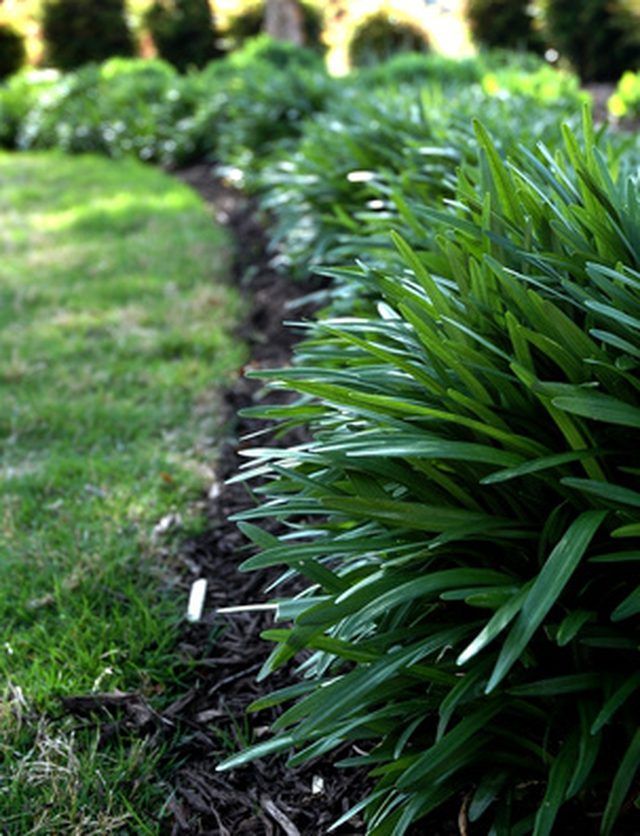Bulbs
Flower Basics
Flower Beds & Specialty Gardens
Flower Garden
Garden Furniture
Garden Gnomes
Garden Seeds
Garden Sheds
Garden Statues
Garden Tools & Supplies
Gardening Basics
Green & Organic
Groundcovers & Vines
Growing Annuals
Growing Basil
Growing Beans
Growing Berries
Growing Blueberries
Growing Cactus
Growing Corn
Growing Cotton
Growing Edibles
Growing Flowers
Growing Garlic
Growing Grapes
Growing Grass
Growing Herbs
Growing Jasmine
Growing Mint
Growing Mushrooms
Orchids
Growing Peanuts
Growing Perennials
Growing Plants
Growing Rosemary
Growing Roses
Growing Strawberries
Growing Sunflowers
Growing Thyme
Growing Tomatoes
Growing Tulips
Growing Vegetables
Herb Basics
Herb Garden
Indoor Growing
Landscaping Basics
Landscaping Patios
Landscaping Plants
Landscaping Shrubs
Landscaping Trees
Landscaping Walks & Pathways
Lawn Basics
Lawn Maintenance
Lawn Mowers
Lawn Ornaments
Lawn Planting
Lawn Tools
Outdoor Growing
Overall Landscape Planning
Pests, Weeds & Problems
Plant Basics
Rock Garden
Rose Garden
Shrubs
Soil
Specialty Gardens
Trees
Vegetable Garden
Yard Maintenance
How to Use Lawn Edging Bender Board
How to Use Lawn Edging Bender Board. Bender board is a 1/4-inch composite or redwood product that is used to edge lawns and gardens. This product is particularly good at conforming to tight corners, and this contributes to its popularity which sometimes makes it difficult to find in stores. Bender board is sold in long rolls which also means fewer...

Bender board is a 1/4-inch composite or redwood product that is used to edge lawns and gardens. This product is particularly good at conforming to tight corners, and this contributes to its popularity which sometimes makes it difficult to find in stores. Bender board is sold in long rolls which also means fewer joints. Installing bender board is similar to other wood or composite products.
Things You'll Need
Hose
Landscape paint
Pick
Trowel
Stakes
Nails
Position your hose to the shape you want to use to edge your lawn. The flexibility of the hose will allow you to create organic curves to soften the transition from lawn to planting beds.
Mark your line with a landscape spray paint designed to spray upside down. These are often bright colors and easy to see while you work.
Dig a trench using the sharp end of a pick. The trench should be 1/2 inch less deep than the height of the bender board. You want the board to be 1/4 to 1/2 inch above the soil height so that it will not be a tripping hazard. Use a hand trowel to scoop out the dirt.
Drive board stakes into the trench. Start 6 inches from one end. Space your stakes every 4 to 5 feet. Use double stakes around joints to keep them secure. Hammer the stakes 1 inch below the top edge of the bender board. Nail the bender board to the stakes. You may need to support the back side of the stake while nailing. Add an extra stake at the beginning and end of your edging.
Pack the soil on the lawn side against the bender board as tightly as you can. Taper the top 2 inches on the garden side of the board to accommodate mulch. Pack the soil against the bender board before finishing with the mulch. You want the bender board to feel very secure and for the stakes to be hidden underground or by mulch.
Tips & Warnings
Curves trick the eye and can make a smaller yard look bigger. In large yards, a curve is more welcoming and inviting.